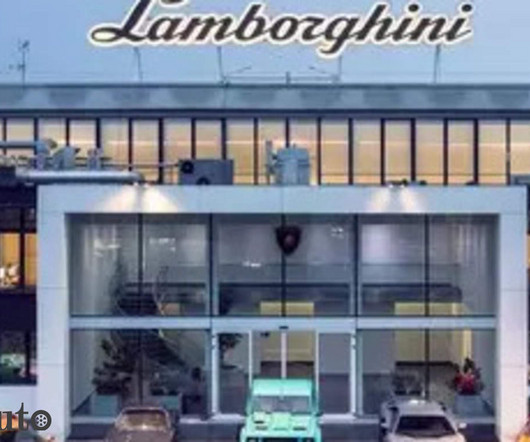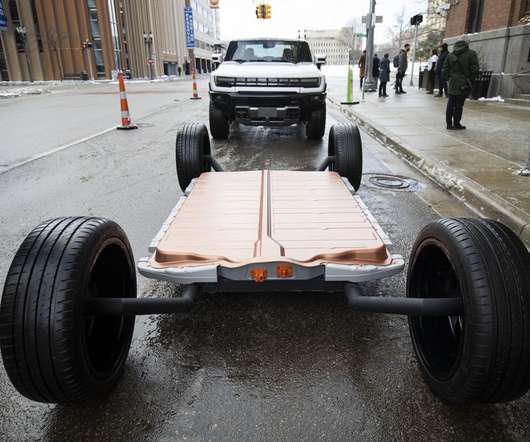Lamborghini licenses MIT’s Cobalt-free organic battery tech for EVs – ET Auto
Baua Electric
JANUARY 21, 2024
Cobalt extraction creates hazardous working conditions and generates toxic waste that contaminates land, air, and water surrounding the mines. Dinca and his team plan to continue developing alternative battery materials and is exploring possible replacement of lithium with sodium or magnesium, which are cheaper and more abundant than lithium.













Let's personalize your content